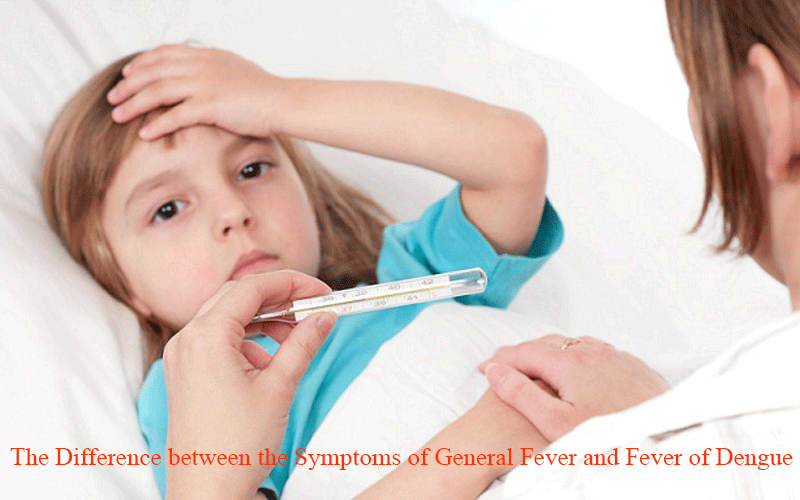Dengue is a mosquito-borne disease. This disease is mainly spread by the cutting of Aedes mosquitoes. After cutting the infected person, the mosquito spreads the virus in anyone who bites them. Due to this disease the patient gets fever and there are many other physical problems.
Since the symptoms of dengue begin to appear after 3-4 days of the virus arrival in the body, in the beginning people treat it as a normal fever or any other disease, which causes the patient’s condition to become worse. Due to the absence of proper treatment, dengue can be deadly. Although the skin of the dengue feeds on the skin, the skin of the person gets cold and the red and pink spots on the body, but some doctors tell the common fever also to dengue so that they can scare the patient. Therefore, you should know the difference between dengue and general fever.
How is normal and dengue fever?
Normal fever is not contagious like dengue disease but it is often due to changes in the weather. But dengue is an infectious disease that spreads through mosquito bites called Aedes. However this does not spread by touching the patient, sitting with him or eating with him.
When Dengue fever spreads?
There is no special season for the spread of ordinary fever. But usually dengue is spread in the rainy season or in the subsequent months. Generally it is most likely to spread from July to October, because mosquitoes increase after rainy season.
How to spread both types of fever?
Normal fever is the process of the body, in which when the temperature of the brain increases, the body starts heating itself to balance it. However, many other causes of fever occur include pneumonia, flu or any type of infection. But dengue comes from 4 types of dengue virus (D-1, D-2, D-3, D-4). This virus spreads through two types of mosquito bites in the day.
The difference between the general symptoms of both
In normal fever, chills, shivering, sneezing and sometimes coughing are also done. Along with fever, a lot of sweating starts coming. But dengue in cold fever, head muscles and pain in joints, pain in the back of the eyes, weakness, hunger, red-pink rashes or rash on the body. Apart from this, there is also less restlessness and bleeding pressure.
Body Temperature
In normal fever the body temperature ranges from 100 to 102 degrees. Although sometimes it becomes up to 103 degrees. But in the dengue the body temperature goes above 103 degrees Ferrari, which increases to 105 degrees.
How do you know which fever you have?
If fever descends from resting in two to three hours, then the fever is normal. Generally, normal fever is detected only after entering the first dose of medicine. But extraordinary fever does not come quickly and it is detected through a blood test. If blood has a dengue virus then treatment should be given immediately.
Differences between Dangers of Common Fever & Dengue Fever
In the normal fever several times during the stomach infection, vomiting begins to increase the risk of dehydration. Normal fever can also be severe because the brain cells become damaged due to its increase, causing the patient’s brain dead. In this case, a person gets a coma like situation. On the other hand, dengue fever increases the risk of lowering platelets in the body several times. Although platelets are low in any type of fever, the number of platelets starts falling rapidly in the event of dengue fever. If the treatment of dengue fever is not done at the right time, platelet count falls so much that the immune system, i.e. the immune system, can be completely damaged and the disease can be fatal.

